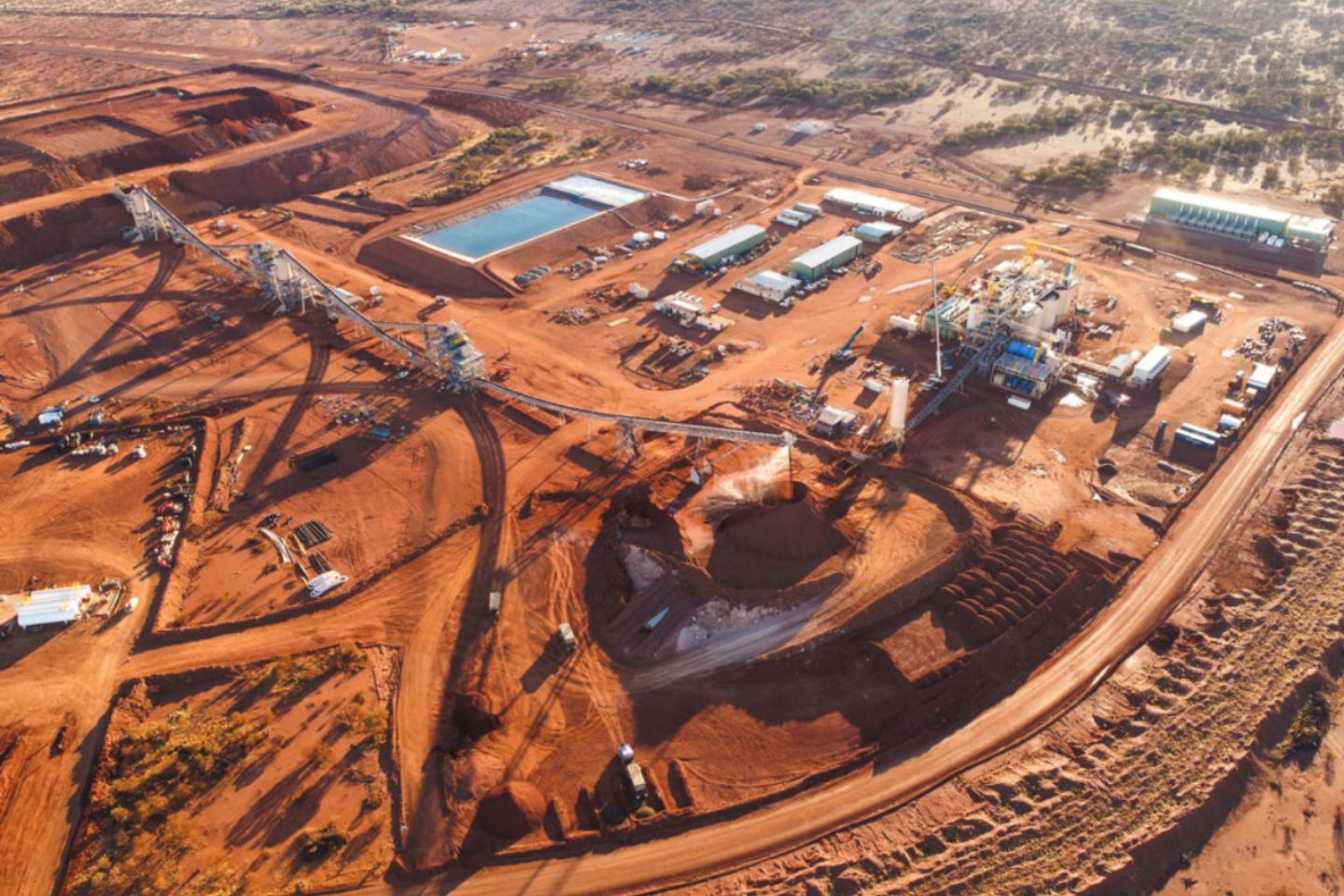The total number of public charging stations (PCS) installed by public and private entities across India has surpassed 25,000, with Karnataka, Maharashtra, and Uttar Pradesh leading in installations to date.
India’s EV charging infrastructure has gained significant momentum over the past 2–3 years, propelled by growing private sector participation and supportive government policies. As per Union Power Minister Manohar Lal’s statement in the Lok Sabha, “As of November 30, 2024, there were approximately 25,202 public charging stations installed by public and private entities.”
Among these, Karnataka leads with 5,765 stations, followed by Maharashtra with 3,728 and Uttar Pradesh with 1,989. Delhi has 1,941 stations, Tamil Nadu 1,413, Kerala 1,212, and Rajasthan 1,129. Most other states have fewer than 1,000 public charging stations
The distribution of these stations remains uneven, with the majority concentrated in large cities and metropolitan areas, primarily within urban limits. To address this disparity, Central and State Governments have revised public charging infrastructure guidelines multiple times, the latest update in June 2024 focusing on expanding the charger network to boost EV adoption, according to a KPMG report.
Key initiative
A key initiative supporting EV charging infrastructure expansion in the country is the PM e-DRIVE program, which allocates ₹2,000 crore (18% of its total budget) to install 72,300 charging stations. This includes 48,400 for electric two- and three-wheelers, 22,100 for four-wheelers, and 1,800 for e-buses. The scheme will be executed through collaboration among Central Ministries, State Governments, and CPSEs and envisions making select inter-city and inter-State highways EV-ready to enhance connectivity and accessibility.
KPMG highlights two crucial measures to strengthen the charging ecosystem: standardization and strategic location selection. Establishing uniform connector standards across vehicle types would enable interoperability, increase the utilization of existing charging stations, enhance user experience, and alleviate range anxiety. Additionally, identifying suitable public land for new stations and adopting a revenue-sharing model for land use—through a bidding process with a floor price of ₹1/kWh—can help overcome the economic challenges of charging station operations.
“More than 45 million sq. ft. of real estate will be needed to develop an extensive charging network in the next 5–6 years. Residential and commercial developers are expected to incorporate charging facilities into their projects, offering competitive advantages aligned with the needs of modern corporate tenants and homebuyers,” according to Vimal Nadar, Senior Director and Head of Research, Colliers India.









Leave a Comment